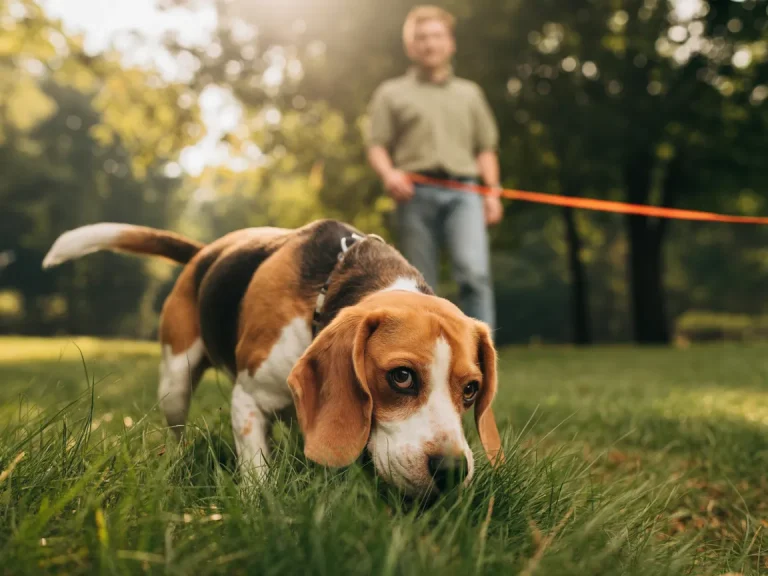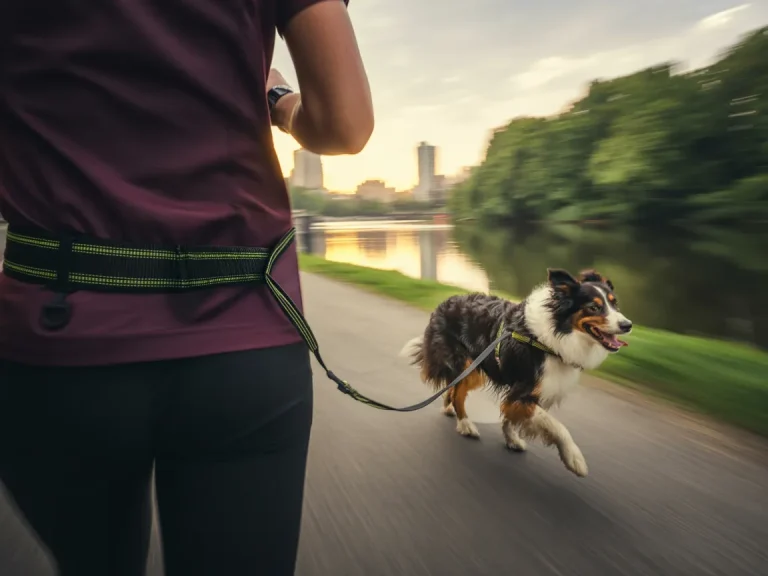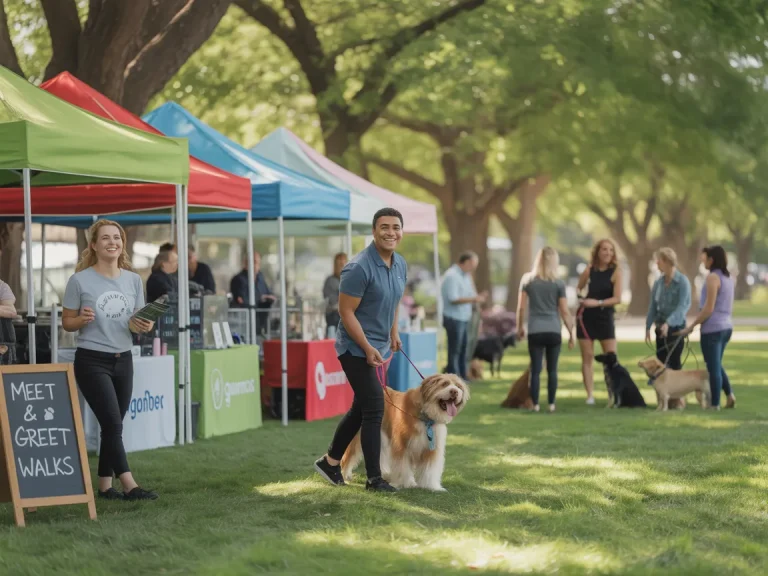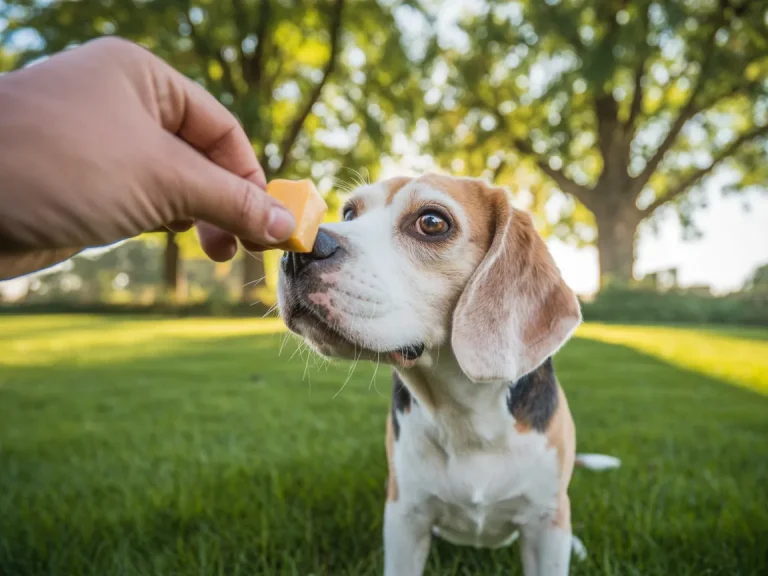Perfect dog walks are more than just stretching a leash around the block; they’re a chance to strengthen your bond, give your dog mental and physical enrichment, and enjoy fresh air together. Whether you’ve got a young pup, a senior sidekick, or an energetic adult, a few smart techniques can turn “just a walk” into an adventure.
Too many owners treat walks like a checkbox—done and done. But with a couple of small adjustments, every outing can become a mini field trip that improves behavior, fitness, and your connection. Ready to make those everyday strolls feel like something special? Let’s dive in.
Start Smart: Warm-Up, Gear Check, and Pre-Walk Preparation
A great walk doesn’t actually start at the front door—it starts a few minutes earlier. Think of your dog like a little athlete gearing up for a game. Even a short warm-up can make a big difference, especially for seniors or pups heading out on a chilly morning. Try gently lifting their paws, giving a light stretch to the back legs, or letting them stroll in a couple of slow circles on a rug. It’s like loosening up the hinges before opening the door wide.
Next comes the gear. A comfortable harness that fits just right (not too loose, not too snug), a sturdy 4–6-foot leash, and of course, the glamorous but essential poop bags. If your pup is a bit of a sled dog wannabe, a front-clip harness works wonders—it helps curb pulling without putting pressure on the neck. And hey, don’t forget the ID tags and microchip info. A walk feels much better when you know you’ve got peace of mind.
Water’s another thing people often overlook. If you’re planning a longer stroll or the day’s heating up past 70°F (21°C), tuck a collapsible bowl and some fresh water into your pocket or bag. A quick sip before and during the walk can be the difference between a happy, waggy outing and a droopy, overheated pup. And here’s one last pre-walk check: your dog’s mood. If they’re looking tired, anxious, or “not in the mood,” it’s better to keep it short and sweet than force a marathon.
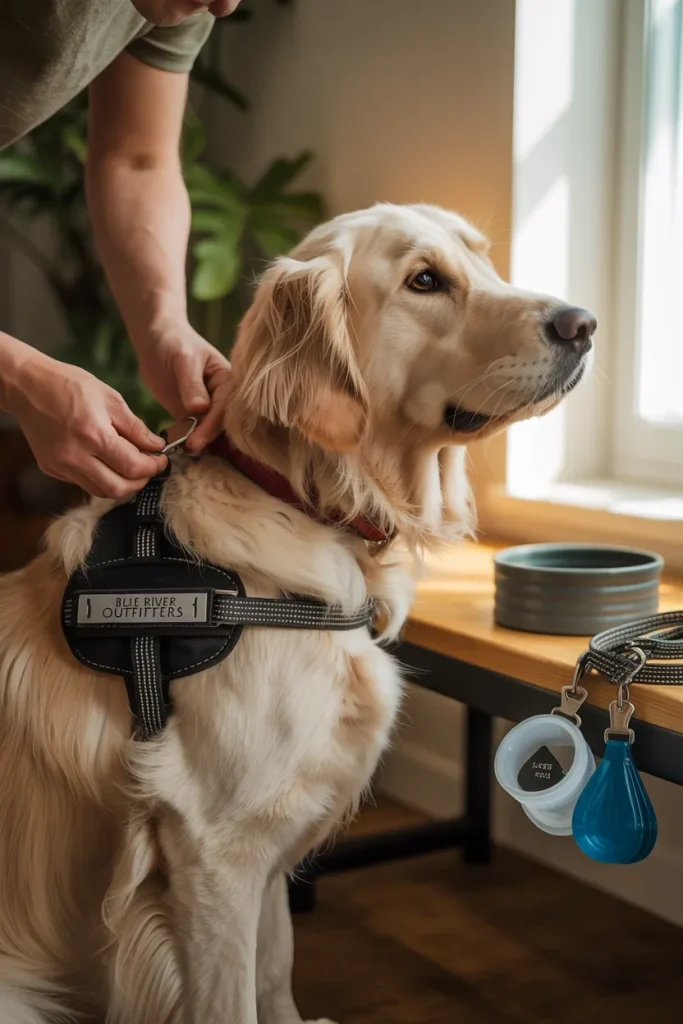
Technique 1: Controlled Exploration with the “Stop-and-Sniff” Method
Here’s the truth: walks aren’t just about steps. They’re about stories—told through smells. To your dog, every lamppost and patch of grass is basically the neighborhood gossip column. So instead of tugging them away every time their nose hits the ground, try the “stop-and-sniff” approach. Pick a cue word like “explore,” then give them 20 seconds to dive into the newsfeed of scents.
This little pause does more than make your dog happy—it tires their brain out in the best way. Mental exercise is just as draining as physical, and sniffing slows down the walk, reducing that frantic pulling energy. Once they’ve had their moment, encourage them back into motion and reward a loose leash with a treat or a cheerful “good job!” You can play with timing—longer sniff breaks on lazy weekends, shorter ones when you’re just trying to squeeze in a quick loop before work.
Think of it as giving your dog Netflix and a jog. Everyone wins.
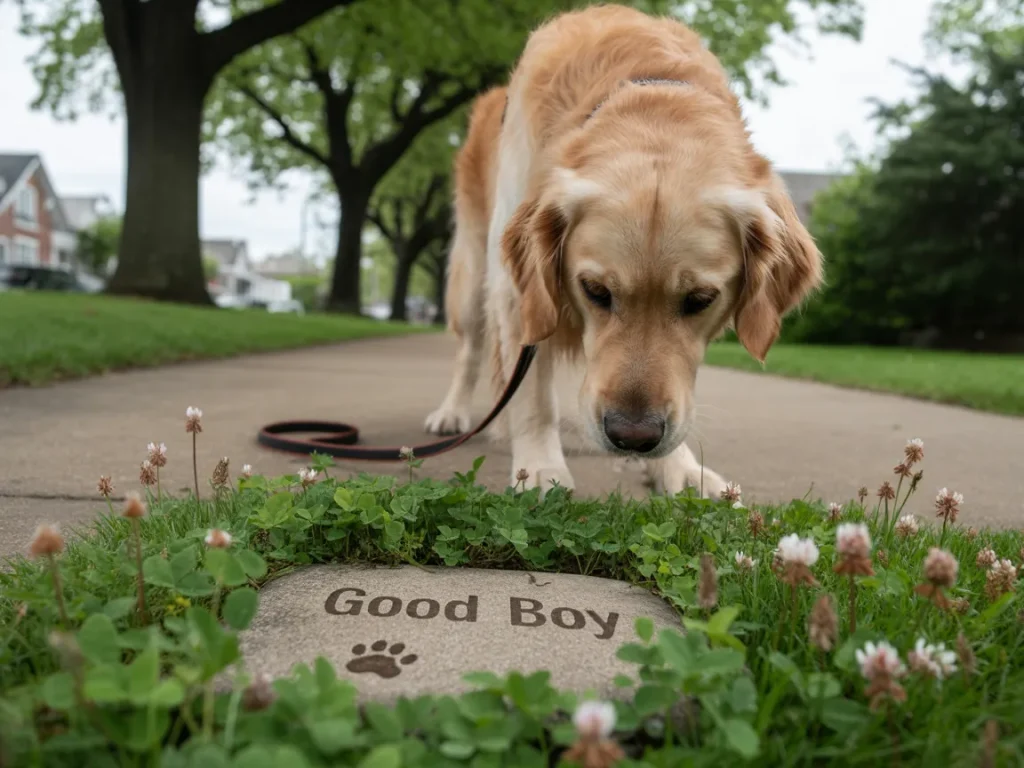
Technique 2: Alternating Pace and Direction for Engagement
Ever get bored walking the same straight line at the same slow pace? Dogs feel that too. Spice things up by changing speed and direction during your walk. One moment you’re strolling, the next you’re picking up the pace for a half-minute sprint, then slowing back down. Throw in a sudden left turn or even a playful loop back toward home. To your dog, it’s like, “Wait—plot twist!”
These surprises keep their brain engaged and their body tuned in to you. They’re not just walking anymore—they’re following your lead. This is great for dogs who like to pull because changing direction breaks their momentum. Over time, they’ll check in with you more often, waiting to see what you’re going to do next.
Add a clear cue—a word, a hand signal, or a light leash guide—so they learn to expect your direction. At first, you might sprinkle in some treats for quick responses. Later on, praise alone will keep their tail wagging. The result? Walks that feel less like tug-of-war and more like a dance, with you leading the steps.
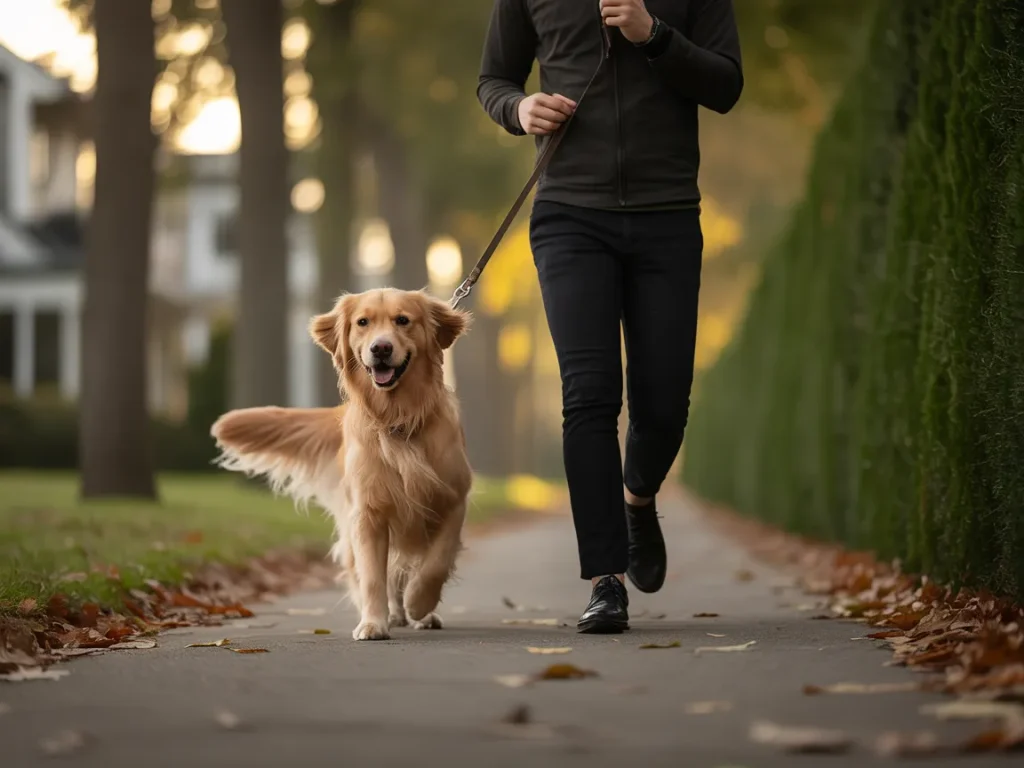
Technique 3: Incorporate Mini Training Sessions
Walks aren’t just about burning energy—they’re golden training opportunities hiding in plain sight. Every few minutes, slip in a quick “sit,” “heel,” or “look at me.” Even a calm “wait” before crossing the street builds focus. Think of it as sprinkling little pop quizzes into the adventure, except your dog actually loves these tests because the rewards are tasty.
At first, lean on high-value treats—something extra yummy that makes your dog’s ears perk up. Later, you can switch to a mix of food, praise, or even just your happy voice. Start simple if your pup gets easily distracted, then slowly raise the bar with tougher tasks. A sit while a jogger passes? That’s not just obedience—that’s self-control in action.
And here’s the fun part: these short bursts of training don’t just sharpen skills. They give your dog a “brain break” that’s just as tiring as running laps. A few minutes of thinking can wear them out like a mile-long sprint.
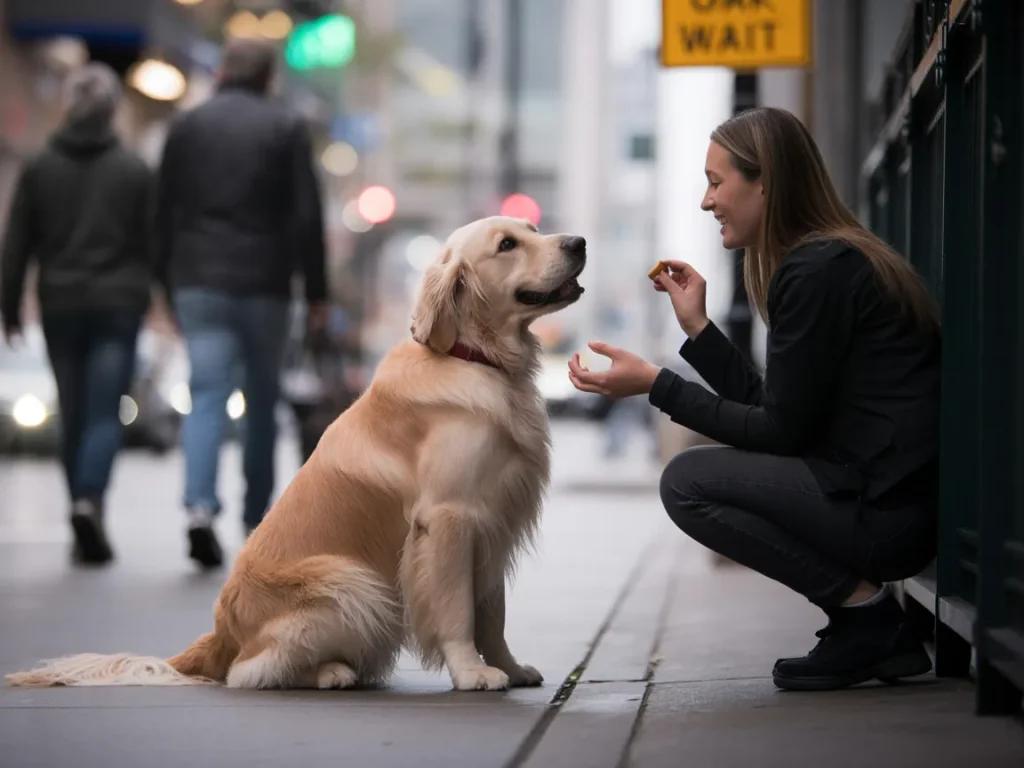
Technique 4: Mindful Route Planning and Safety Layering
Sure, routine is comforting—but walking the same block every single day? For a dog, that’s like rereading the same one-page book over and over. Changing the route now and then adds a spark of excitement, but safety should always steer the way.
Scout your area for quieter streets, shaded trails, or soft grassy paths. These are easier on paws and a lot more interesting for the nose. One important rule: don’t head out right after meals, especially if you’ve got a deep-chested breed. Give it a half-hour buffer to avoid tummy trouble.
And watch the ground—summer asphalt can fry paws, while winter brings icy patches and harsh de-icing salts. A little paw balm or protective booties can save your pup from a painful surprise. It’s also smart to stash a couple of first-aid basics like antiseptic wipes in your pocket.
And don’t forget: hot asphalt can burn paw pads, while winter brings icy patches and harsh de-icing salts. A little paw balm or protective booties can save your pup from a painful surprise. It’s also smart to stash a couple of first-aid basics like antiseptic wipes in your pocket. When you see another dog or wildlife up ahead, keep control and gauge the situation. Not every wagging tail wants to meet. If your pup tends to get nervous, plan “safe zones”—spots where you can easily cross the street or create distance without stress. A walk should feel like an adventure, not a battlefield.
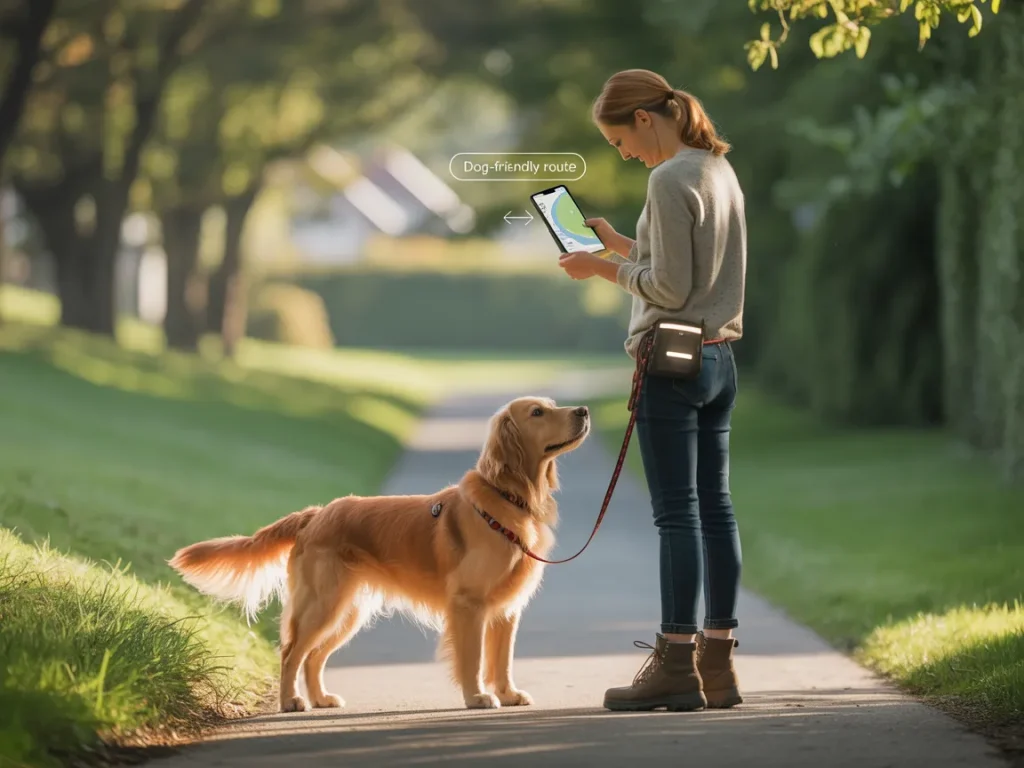
Technique 5: Cool Down and Post-Walk Rituals
Just like a good workout, a dog walk deserves a proper cool-down. Slow your pace during those last few minutes, letting your pup’s heartbeat settle. This isn’t wasted time—it’s the transition from “game on!” to “ahh, that was nice.” Sometimes I’ll even pause for a few deep breaths together, giving a soft back rub as a gentle “we’re wrapping up” signal.
Once you’re home, don’t forget the post-walk check. Run your hands through their coat to look for ticks, burrs, or little scratches. If you’ve been romping through fields, this step is non-negotiable. For longer or high-energy walks, a light snack can help refuel, but skip the big meals right away.
And here’s a pro tip: jot down a few notes in a walk journal. Distance, mood, funny moments—whatever stands out. Over time, you’ll start seeing patterns: maybe your dog’s extra jumpy on windy days, or calmer after morning walks. Those little insights make future adventures smoother and more fun.
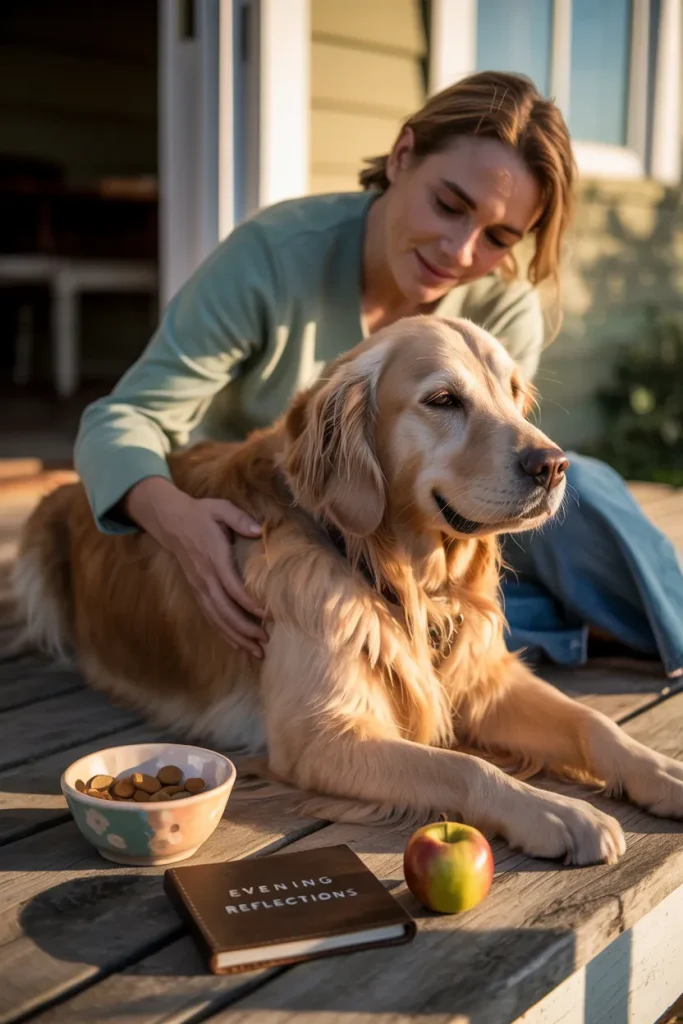
Bonus Tips for Consistency and Enrichment
Dogs thrive on routine—it’s their way of knowing the world makes sense. Aim to walk around the same times each day. That said, life happens, and flexibility is key. Rainstorms, busy mornings, or the occasional “I overslept” are fine, as long as you keep the overall rhythm steady.
Outside the walks, sprinkle in other forms of enrichment. Rotate toys, hide a few treats for them to sniff out indoors, or bring along a favorite scent item for the walk. For anxious pups, a quick calming ritual before heading out—soft voice, gentle petting, maybe a short pause inside—can shift their energy from “zoomies mode” to “let’s focus.”
And don’t forget the seasons. Spring brings pollen that can tickle sensitive noses. Autumn means early darkness, so reflective gear is your best friend. In summer, break walks into shorter sessions with plenty of water breaks, while winter may call for doggy sweaters and paw balm to guard against icy sidewalks. These little tweaks make sure every season feels safe and enjoyable instead of stressful.
Conclusion
The best walks aren’t about distance or step counts—they’re about connection. When you start smart, let your dog indulge in some sniffing, mix up the pace, add a little training, choose safe and interesting routes, and finish with a gentle cool-down, you’re giving them more than exercise. You’re giving them a full-body, full-mind experience.
The bonus? You’ll see a calmer, happier dog who looks forward to each outing just as much as you do. Even if you only pick one or two of these techniques to start with, the difference will show in your dog’s behavior, confidence, and tail-wagging joy.
After all, walks aren’t chores—they’re the highlight of your dog’s day. With just a few tweaks, they might become the highlight of yours too.
Disclaimer: This article is for informational purposes only and does not constitute professional veterinary advice. Always consult a licensed veterinarian or certified dog trainer regarding the specific needs and health of your dog.
